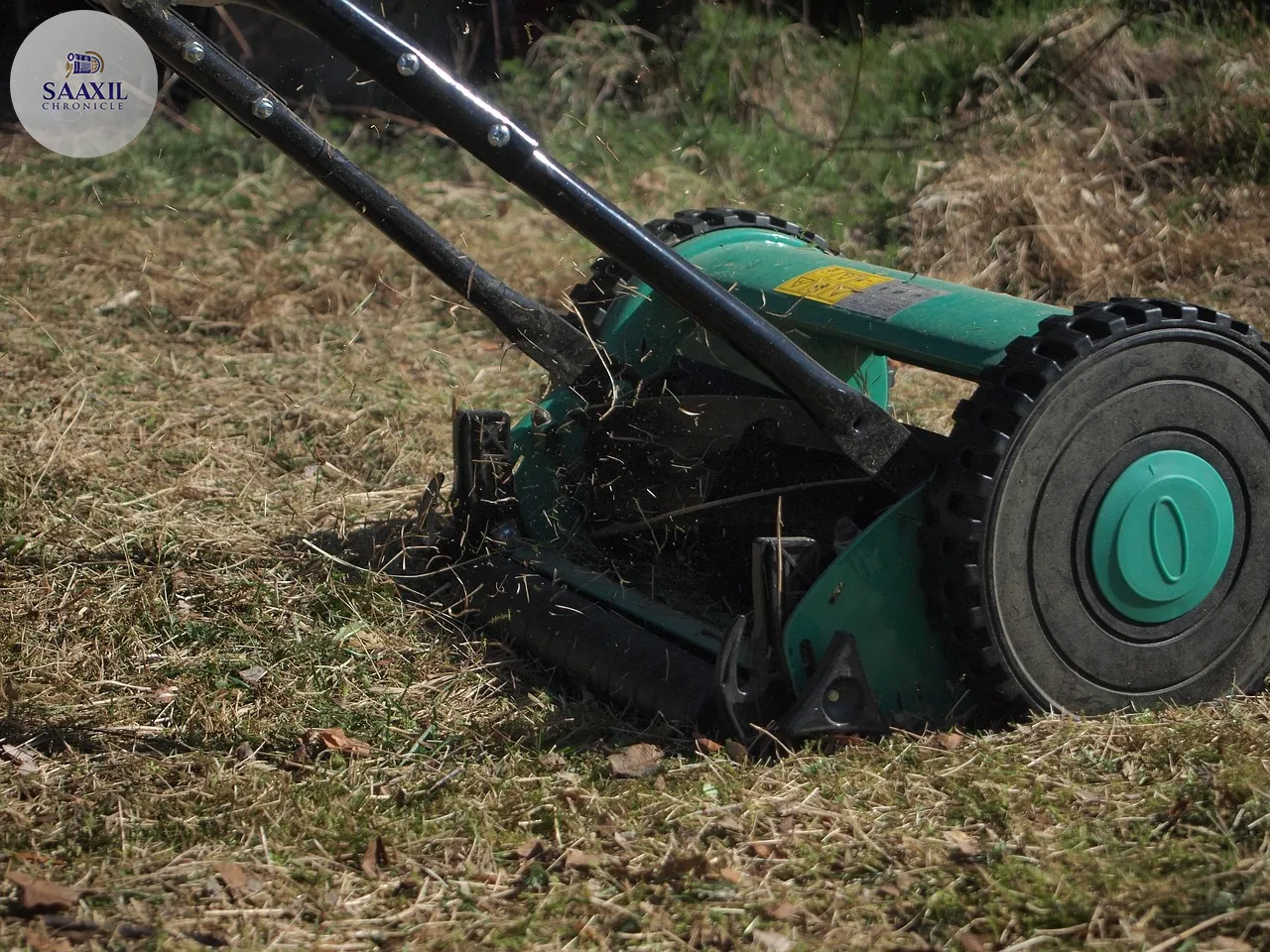A lush, green lawn is often the pride of homeowners, yet the harshness of winter can leave your garden looking tired and weary. As spring approaches, many face the challenge of reviving their lawns after months of dormancy. Fortunately, grass is resilient, and with the right care and techniques, you can rejuvenate your outdoor space. Experts suggest several effective strategies to breathe life back into your garden, ensuring it thrives in the upcoming seasons.
Understanding Dormancy: Why Lawns Look Weary After Winter
Winter dormancy is a natural process where grass conserves energy by turning brown and ceasing growth. This usually occurs in colder climates, where temperatures drop and sunlight is limited. While this might alarm some homeowners, it’s a normal survival mechanism for grass. As temperatures rise in spring, your lawn will begin to awaken from its dormant state.
The timing of this awakening varies depending on your geographical location and the specific grass type. Cool-season grasses, common in northern climates, tend to bounce back earlier than warm-season varieties. Recognising this dormancy period is crucial for implementing the right lawn care strategies at the appropriate time.

Essential Steps to Revive Your Lawn
Experts recommend several crucial steps to help your lawn recover from winter dormancy. First, assess the damage by walking over your lawn to identify areas that are thin or bare. This will help you tailor your approach to specific problem areas.
Next, consider aerating your lawn. Aeration involves perforating the soil with small holes to allow air, water, and nutrients to penetrate the grass roots. This process helps alleviate soil compaction, which often occurs during winter and hinders healthy growth. Aeration is typically best done in early spring for cool-season grasses and in late spring for warm-season varieties.
Fertilisation: Feeding Your Lawn Back to Health
Fertilisation is a critical step in lawn recovery. Applying a balanced fertiliser can replenish essential nutrients that were depleted during winter. Experts suggest using a fertiliser high in nitrogen, as this promotes vigorous growth and helps your lawn green up quickly.
Timing is key when it comes to fertilisation. For cool-season grasses, early spring is ideal, while warm-season grasses benefit from fertilisation in late spring to early summer. Always follow the manufacturer’s instructions to avoid over-fertilising, which can harm your lawn.
Watering Wisely: Quenching Your Lawn’s Thirst
Proper watering practices are vital for reviving a dormant lawn. As temperatures rise, your lawn will require more water to sustain new growth. Experts recommend watering deeply but infrequently to encourage deep root development. This means applying about an inch of water per week, either through rainfall or irrigation, depending on your region’s climate.
Early morning is the best time to water your lawn, as this reduces evaporation and allows water to soak into the soil. Avoid watering in the evening, as prolonged moisture can promote disease.
Overseeding: Filling in the Gaps
Overseeding involves spreading grass seed over your existing lawn to fill in bare or thin areas. This process not only improves the lawn’s appearance but also enhances its density and resilience. Choose a seed mix that matches your existing grass type for the best results.
Before overseeding, mow your lawn to a shorter height and lightly rake the area to remove debris. This prepares the soil for better seed-to-soil contact, enhancing germination rates. Water the seeded areas regularly to keep them moist until the new grass establishes.
Mowing Practices: Cutting with Care
Adjusting your mowing practices is essential for a healthy lawn. Avoid cutting more than one-third of the grass height at any one time, as this can stress the plants. Keep your mower blades sharp to ensure clean cuts, which help prevent disease.
During the initial stages of lawn recovery, raise your mower’s cutting height to allow the grass to grow taller. Taller grass shades the soil, reducing evaporation and promoting deeper root growth.
Pest and Weed Control: Protecting Your Investment
Finally, be vigilant about pest and weed control. Dormant lawns can become susceptible to infestations as they begin to recover. Regularly inspect your lawn for signs of pests such as grubs or armyworms, and apply appropriate treatments if necessary.
Weeds can also compete with grass for nutrients and water. Use pre-emergent herbicides to prevent weed seeds from germinating and post-emergent products to tackle existing weeds. Always read and follow label instructions to avoid damaging your lawn.
As your lawn transitions from dormancy to active growth, these expert-recommended strategies can help ensure a vibrant and healthy garden. By understanding the needs of your grass and implementing the right care techniques, you can enjoy a lush, green lawn that enhances the beauty of your home.




